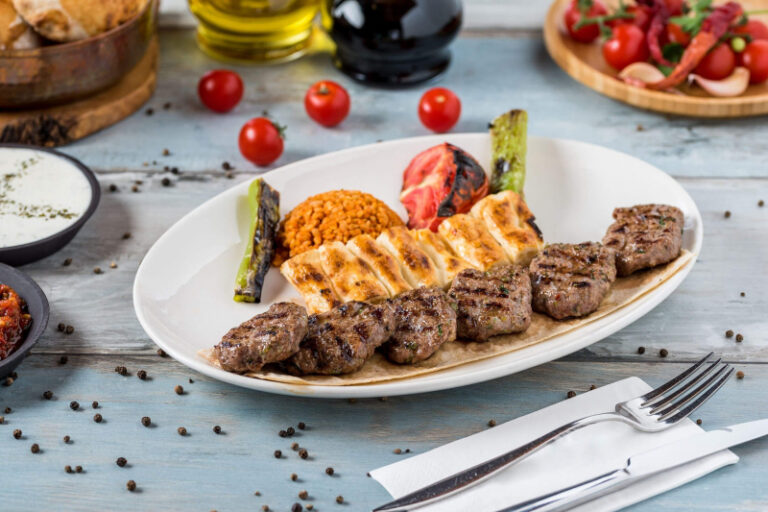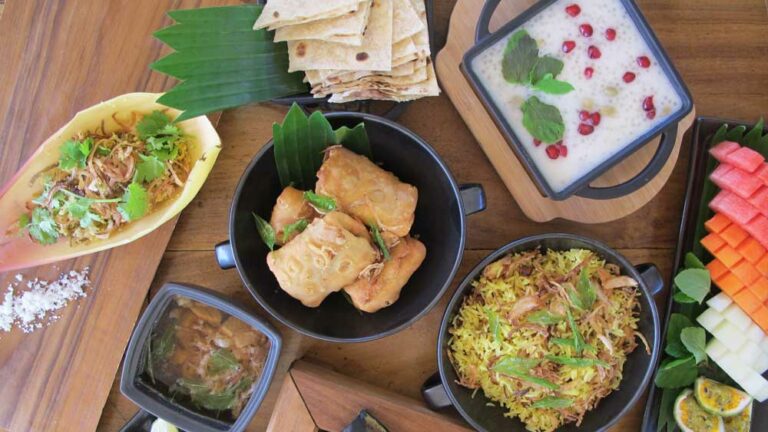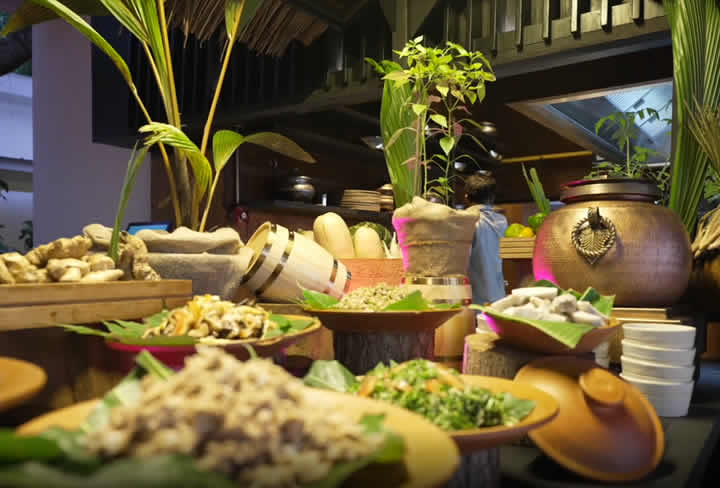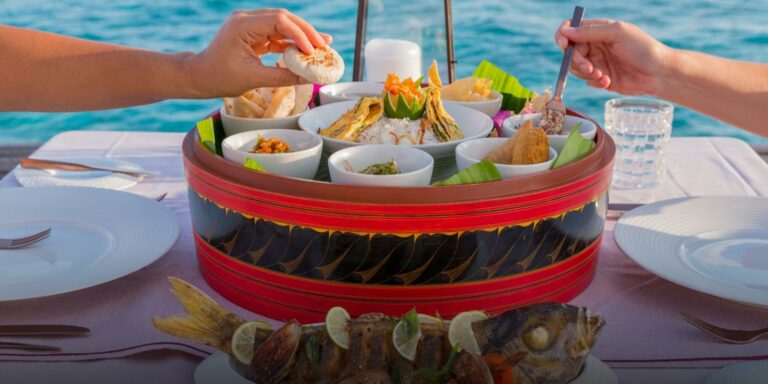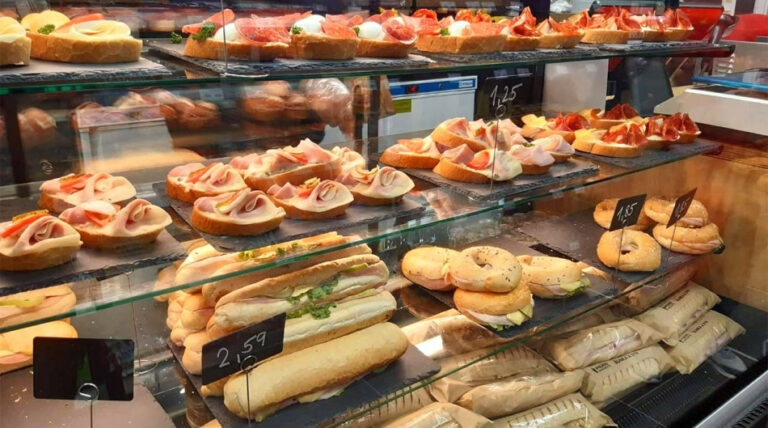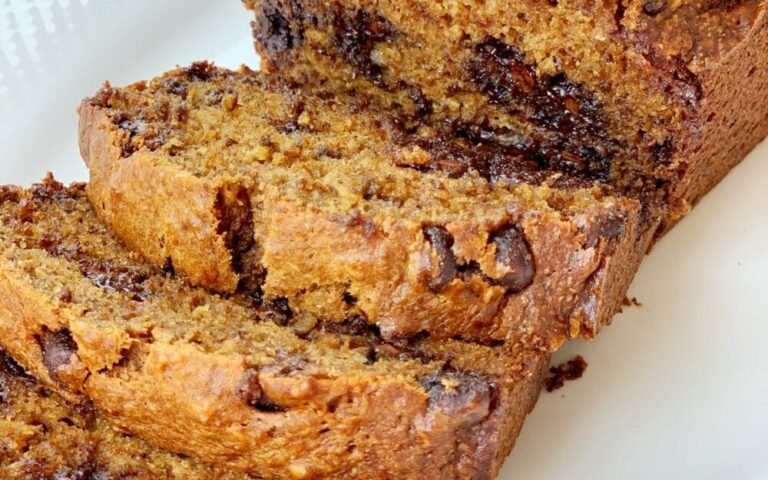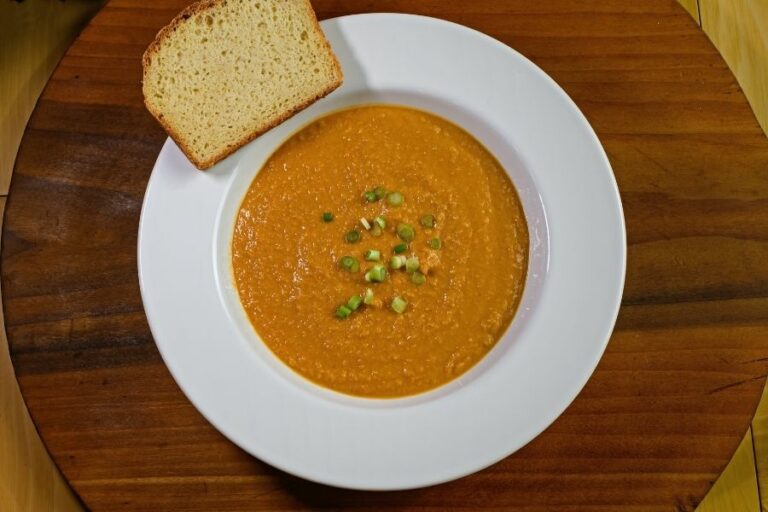Introduction: Exploring the Fusion of Malian Cuisine
Mali is a landlocked country in West Africa that has a rich culinary heritage. Malian cuisine is known for its variety of flavors, colorful ingredients, and hearty dishes that feature grains, vegetables, and meats. In recent years, there has been a growing interest in the fusion of traditional Malian cuisine with other culinary traditions, creating unique dishes that reflect the country’s diverse cultural influences.
Malian Cuisine: Overview of Traditional Dishes
The traditional cuisine of Mali is based on grains, vegetables, and meats, with millet, rice, and sorghum being the most commonly used grains. Vegetables such as okra, eggplant, and tomatoes are often used, while meats include beef, lamb, and goat. Malian cuisine also features a variety of sauces, such as peanut and tomato sauces, that are used to flavor dishes. One of the most well-known Malian dishes is tô, a porridge made from millet or sorghum that is often served with a sauce and meat.
The Influence of Arabic and French Cuisine in Mali
Mali has been influenced by several culinary traditions, including Arabic and French cuisine. The Arab influence can be seen in the use of spices such as cinnamon, cloves, and cumin, while French influence is evident in the use of bread and pastries. The French introduced a variety of dishes, including French bread, croissants, and quiches, which have become popular in Mali.
The Emergence of Fusion Dishes in Malian Cuisine
The fusion of Malian cuisine with other culinary traditions has been gaining momentum in recent years. This merging of cultures has resulted in the creation of new dishes that combine traditional Malian ingredients with those from other cultures, such as Indian and Chinese. The fusion of culinary traditions has also led to the use of new cooking techniques and ingredients that were previously not used in Malian cuisine.
Examples of Fusion Dishes in Malian Cuisine
One example of a fusion dish in Malian cuisine is chicken yassa. This dish combines traditional Malian ingredients such as onions, peppers, and lemon juice with the flavors and spices of Senegalese cuisine. Another example is jollof rice, a dish that originated in West Africa and has become popular in Mali. Jollof rice combines rice, tomatoes, and a variety of spices to create a flavorful and spicy dish.
Conclusion: Celebrating the Merging of Culinary Cultures in Mali
In conclusion, Malian cuisine has a rich cultural heritage that has been influenced by Arabic and French culinary traditions. The fusion of Malian cuisine with other culinary traditions has led to the emergence of new dishes and flavors that are unique to Mali. As Mali continues to evolve, its culinary traditions will undoubtedly continue to merge with those from other cultures, creating new and exciting dishes for all to enjoy.

